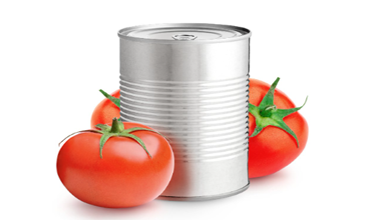
Tinplate food cans stand out as robust, safe, and highly recyclable packaging, aligning strongly with the new EU Packaging and Packaging Waste Regulation (PPWR) that took effect on February 11, 2025, with binding rules from August 12, 2026. The PPWR aims to cut packaging waste, boost recyclability, and strengthen Europe’s circular economy, focusing on recyclability requirements.
From 2030, it introduces a three-grade recycling rating system (A: ≥95%, B: ≥80%, C: ≥70%), banning packaging below 80% recyclability from 2038. It also sets recycling quotas: 65% for all packaging by late 2025, with material-specific targets (e.g., 70% for tinplate/glass, rising 5-10 points by 2030).
Tinplate excels here: its recyclability exceeds 95% (Grade A), and the EU’s current 82% recycling rate for tinplate already surpasses the 70% target and 2030 goals. It supports multi-recycling without quality loss, aided by magnetic properties for easy sorting. Recycling tinplate saves resources and energy—recycling one ton of steel scrap saves 1.6 tons of iron ore, 0.65 tons of coal, and cuts energy use by up to 70% vs. primary production.
thyssenkrupp Rasselstein highlights innovations like bluemint® Steel, which reduces CO₂ emissions by up to 69% in production. Campaigns, such as Metal Packaging Europe’s in Italy, raise awareness of tinplate’s benefits: reducing food waste, long shelf life, and sustainability. These efforts emphasize tinplate’s role as a leading circular packaging solution, combining reliability with modern sustainability demands.